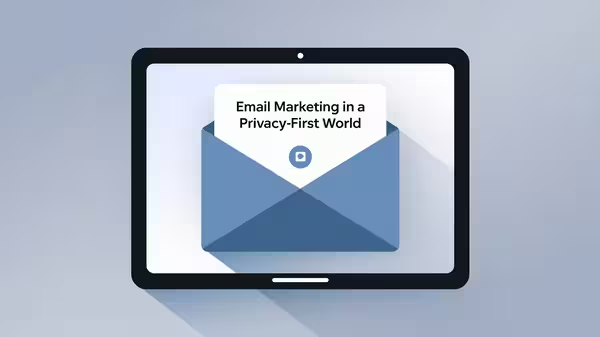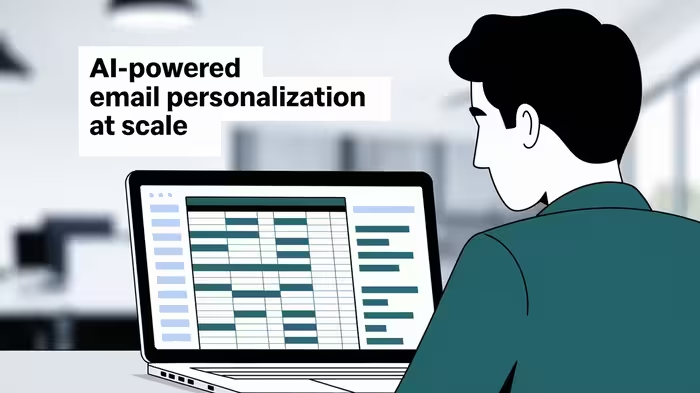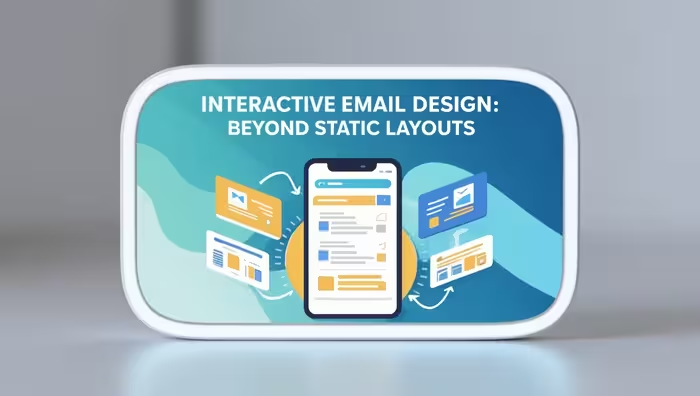Dear reader, welcome to your comprehensive guide to navigating email marketing in today’s privacy-conscious landscape. I’m here to help you understand how to create successful email campaigns while respecting and protecting your subscribers’ privacy.
Why Privacy Matters in Email Marketing
Remember when we used to collect every piece of data we could get our hands on? Those days are gone! Today’s consumers are more aware and concerned about their privacy than ever before. In fact, studies show that 79% of consumers are worried about how companies use their personal data.
Think of privacy-first email marketing like building a house – you need a solid foundation of trust before you can create something beautiful and lasting. Let’s explore how to build that foundation together.
The Changing Landscape of Data Privacy
The world of email marketing has changed dramatically. With laws like GDPR in Europe and CCPA in California, businesses must rethink how they collect and use customer data. But don’t worry – these changes aren’t roadblocks, they’re opportunities to build stronger relationships with your subscribers.
Understanding Privacy Regulations
GDPR Basics
The General Data Protection Regulation (GDPR) might sound scary, but it’s pretty straightforward. Here’s what you need to know in simple terms:
- You must get clear consent before sending marketing emails
- People have the right to know what data you have about them
- Subscribers can request to have their data deleted
- You need to report data breaches quickly
CCPA and Other Privacy Laws
The California Consumer Privacy Act (CCPA) is like GDPR’s cousin. It gives California residents control over their personal information. Many other states and countries are following suit with similar laws.
Building Trust with Your Subscribers
The Power of Transparency
Imagine walking into a store where the shopkeeper tells you exactly how they’ll use your information – wouldn’t that make you feel more comfortable? That’s what transparency in email marketing does. Here’s how to achieve it:
- Explain clearly how you’ll use subscriber data
- Make your privacy policy easy to understand
- Tell subscribers when and why you collect certain information
Creating Strong Consent Practices
Getting proper consent isn’t just about checking boxes. It’s about building trust from the very first interaction. Here’s what good consent looks like:
- Clear, specific permission requests
- Easy-to-understand language
- No pre-checked boxes
- Simple ways to opt out
First-Party Data: Your New Best Friend
What is First-Party Data?
First-party data is information you collect directly from your subscribers. It’s like getting to know someone through conversation rather than hearing about them from others. This data is:
- More reliable
- Privacy-compliant
- Better for building relationships
- More accurate for personalization
Collecting First-Party Data Effectively
Think of collecting first-party data like having a conversation with a new friend. You don’t ask for their life story in the first minute! Instead:
- Start with essential information only
- Gradually collect more data through interactions
- Use surveys and feedback forms
- Monitor website behavior (with consent)
Privacy-Focused Email Practices
The Art of the Opt-in
Your opt-in process is like a digital handshake. Make it count! Here’s how:
- Use double opt-in to confirm subscriptions
- Clearly explain what subscribers will receive
- Set clear expectations about email frequency
- Make it easy to understand your privacy practices
Preference Centers: Giving Control to Subscribers
A good preference center is like a personalized control panel for your subscribers. Let them choose:
- Types of emails they want to receive
- How often they want to hear from you
- What topics interest them most
- How much personal information to share
Technical Implementation for Privacy
Security Measures That Matter
Think of email security like the locks on your house – you want the best protection possible. Important security measures include:
- SSL encryption for forms
- Secure storage of subscriber data
- Regular security audits
- Employee training on data protection
Balancing Personalization and Privacy
The Sweet Spot
Finding the right balance between personalization and privacy is like seasoning a dish – you want just enough to enhance the experience without overwhelming it. Here’s how:
- Use segmentation based on behavior rather than personal data
- Focus on contextual relevance
- Allow subscribers to control their personalization level
- Be transparent about how you use data for personalization
Future Trends in Privacy-First Email Marketing
What’s Coming Next?
The future of email marketing is exciting! Here’s what to watch for:
- AI-powered privacy protection
- Enhanced encryption methods
- More granular consent options
- Better integration of privacy tools
Conclusion
Privacy-first email marketing isn’t just about following rules – it’s about building better, more trustworthy relationships with your subscribers. By embracing these practices, you’re not just protecting data; you’re creating a stronger, more sustainable email program.
Frequently Asked Questions
Q1: What is the difference between first-party and third-party data?
First-party data is information you collect directly from your subscribers, while third-party data comes from external sources. First-party data is more reliable and privacy-compliant.
Q2: Do I need to get new consent from my existing email list?
If your existing subscribers didn’t provide GDPR-compliant consent initially, you should run a re-permission campaign to get proper consent.
Q3: How often should I update my privacy policy?
Review and update your privacy policy at least annually or whenever you make significant changes to how you collect and use data.
Q4: Can I still personalize emails while being privacy-compliant?
Yes! Focus on using first-party data and behavioral insights rather than sensitive personal information for personalization.
Q5: What’s the most important first step in becoming privacy-compliant?
Start with an audit of your current data collection and storage practices. This will help you identify areas that need improvement and create an action plan.


